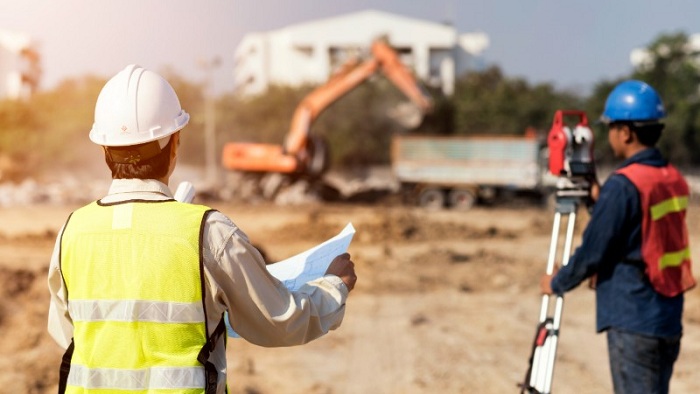To tackle the spread of Covid-19, the Indian Prime Minister, Narendra Modi, announced a 21-day nationwide lockdown, from 25 March to 14 April. However, as the number of daily new cases continued to increase, on 14 April, the government announced an extension of the nationwide lockdown until 3 May, terming it Lockdown 2.0.
The government has issued new guidelines under Lockdown 2.0 for public, industries, offices and other commercial establishments. Under these guidelines, from 20 April, construction activities will be allowed to operate in India in areas that have so far not recorded major outbreak of Covid-19. In accordance with this, construction work will be allowed from 20 April on certain ongoing construction projects that include:
Construction work related to roads, irrigation projects, industrial projects and buildings in rural areas.
Construction work related to renewable energy projects.
Building and construction work related to ongoing projects under the limits of municipalities and municipal corporations, where workers are available on site and no workers can be brought from outside.
Construction work under MNREGA (Mahatma Gandhi National Rural Employment Guarantee Act) will be allowed with strict social distancing measure.
The government’s move to restart construction activity in non-coronavirus hotspots is expected to provide some relief to real estate sector and will also help to hold migrant workers at construction sites. The construction industry is the biggest employer for migrant workers in India, and the exodus of millions of these labourers to their home is likely to cause a shortage of labour at construction sites even when the lockdown is removed.
The government has also exempted non-banking financial companies (NBFCs), including housing finance companies (HFCs), from adhering to lockdown restrictions. With the working of co-operative credit societies, construction activities will be resumed from 20 April related to laying of power transmission lines, sanitation and water supply related work and laying of telecom optical fibre cable in rural areas.
Further support has come from the Reserve Bank of India (RBI), which has announced a slew of measures, including a 25 basis points reduction in reverse repo rate, up to 1-year deferment of payment for commercial real asset class loans, and an easing of rules for NBFCs to allow them to get similar benefits as scheduled commercial banks.
The RBI has also announced a special finance facility of INR500bn ($6.5bn) to increase liquidity in system and ease financial stress amid disruption caused by the outbreak of the virus. Of the total, INR250bn ($3.3bn billion) will be provided to National Bank for Agriculture and Rural Development (NABARD), INR150bn ($2bn) to Small Industrial Development Bank of India (SIDBI) and INR100bn ($1.3bn) to National Housing Bank (NHB). Through this, the government aims to encourage banks to lend more, and thus provide a boost to the real estate sector.
GlobalData expects the construction industry to benefit from the government’s initiatives, as it is expected that work on construction sites will be ramped up quickly in the coming months, recovering some of the lost output since March. It can also be expected that the banks will accelerate the disbursement of funds for infrastructure investment to prop up the industry and support the economy.



































